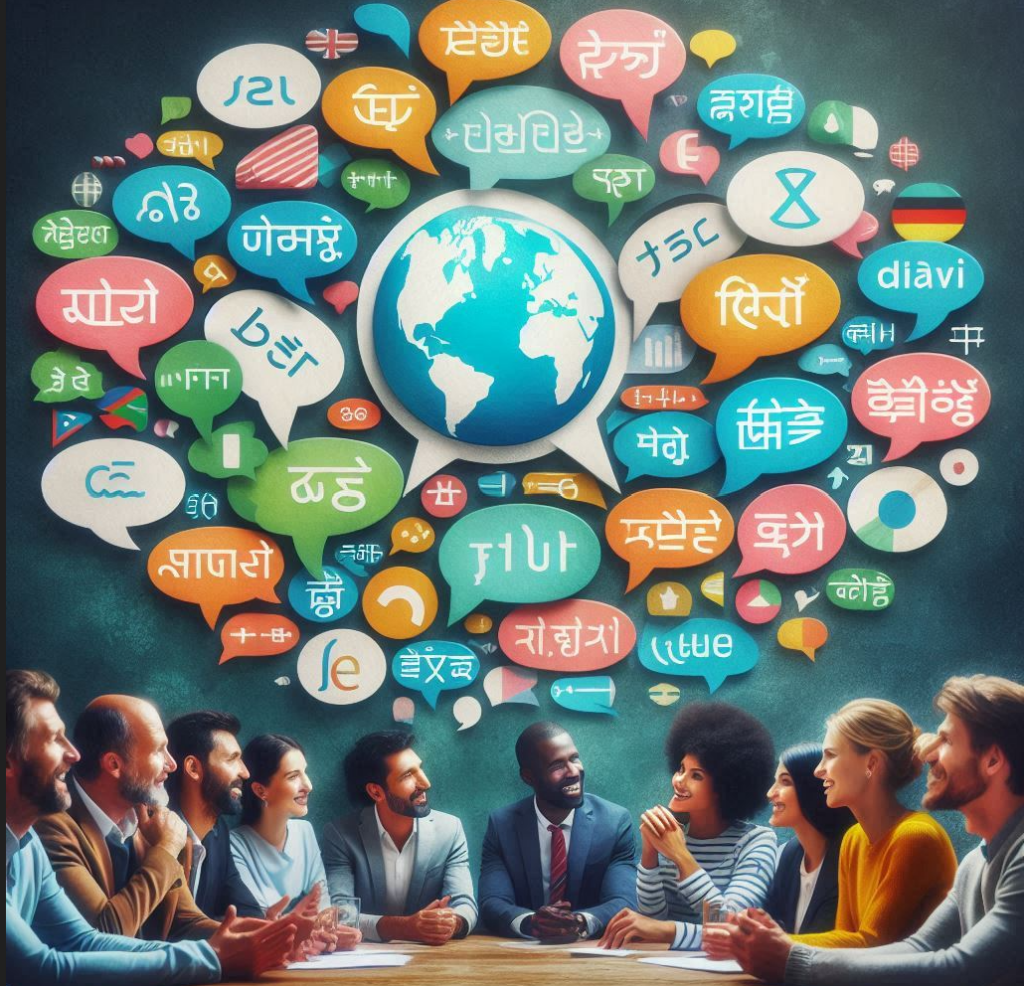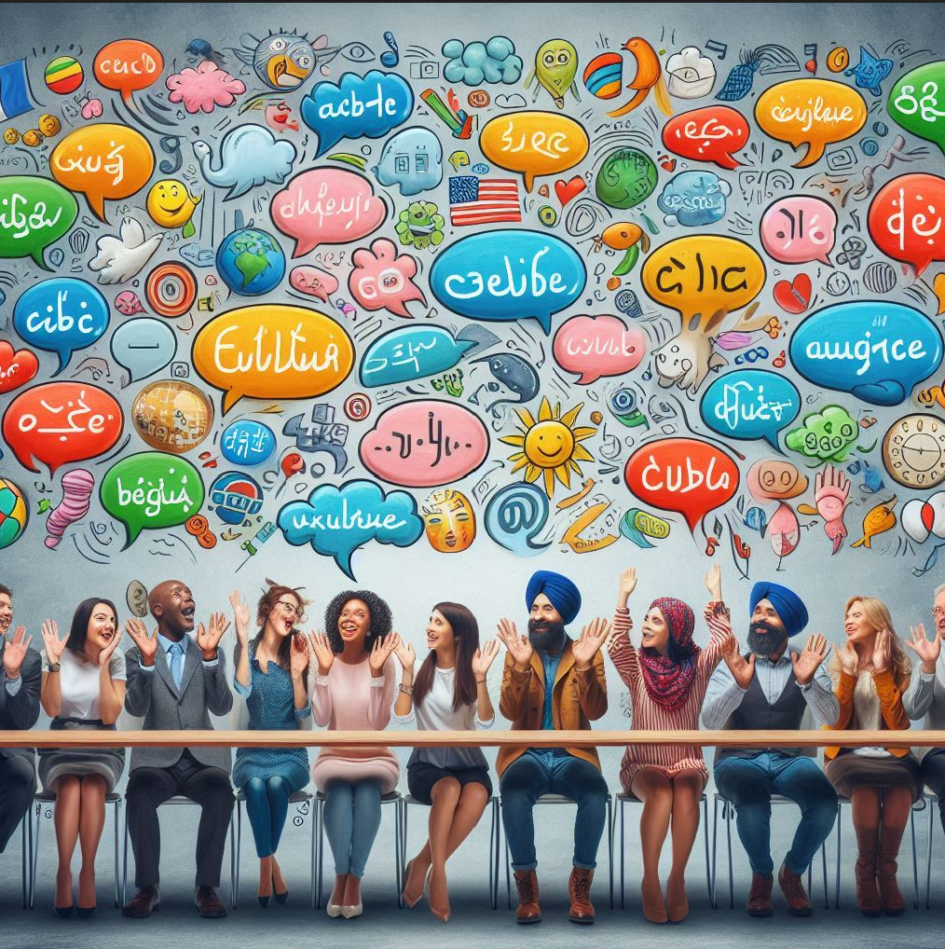The Berne Convention
This was my first time to hear about the Berne Convention. I didn’t realize that after this international convention, tangible works were automatically copyrighted. I asked Copilot to give me some of the key points and got these:
- Automatic Protection: Works are automatically protected without needing any formal registration in the countries that are parties to the convention.
- Minimum Rights: The convention sets minimum standards for the protection of authors’ rights, such as the right to be identified as the author and the right to object to any modification of their work that would harm their reputation.
- Duration of Protection: The duration of protection is generally the life of the author plus 50 years after their death, although some countries have extended this period to 70 years or more.
- National Treatment: Authors enjoy the same rights in other member countries as those countries grant to their own nationals.
- Scope of Protection: The convention covers a wide range of literary and artistic works, including books, music, paintings, sculptures, and films.
Copilot also told me that Canada became a member in 1928. However, when I looked a little deeper (an abstract from a thesis on Canada and the Berne Convention), I found that the 1920s is when Canada joined as a full-fledged signatory. We had joined ‘quietly’ as a British colony in 1886 at the original treaty signing but also tried to withdraw from the treaty in 1889.
As the Berne Convention is country by country, it makes me wonder if my adult immigrant students are from countries that have joined, or if they even know about this. It is a conversation that I wouldn’t be able to easily have with them as the topic is a bit too complex. I do know, however, that some of the students I have come from countries that do not permit them to write or create freely, let alone have their works copyrighted. So, when I learned the national treatment above – that an author from another country who is now in Canada, would have the same rights as a Canadian national, I began to wonder if any of my students know this…
Creative Commons
David Wiley said in the interview, “When you start to care about copyright, you start to care about open.”
I found the creative commons interactive timeline very interesting. The license chooser, which we have been shown in class before, is so easy to use and a great way to narrow down which license to choose. Again, teaching this to my adult ELLs would be challenging. It’s definitely suited to a higher level, LINC 7/8. But I have had published authors in my class before. One student was quite well known in their country for writing over 20 books about grapes and wine!
David mentioned that anything created with AI is not eligible for copyright protection. This made me wonder about images produced by Copilot and ChatGPT. As I am not a very good artist, I often ask these two engines to create images for me. I always ask how I can attribute the image, and they usually respond with something like: “Image generated by ChatGPT using DALL·E, OpenAI.” But do these engines not use all web content to create an image? And if this is true, are they not using some copyrighted material and then spitting it out, in as little form as it may be, as completely open and in public domain?
I asked both engines, but they flat out denied using web content for images. ChatGPT said: “No, the images created here are not pulled from web content. They are generated entirely by OpenAI’s DALL·E model based on the text prompt you provide. The model does not retrieve or copy images from the internet; instead, it creates new images from learned patterns and concepts. Let me know if you have any other concerns! 😊”
David did also mention that if work produced by AI were added to considerably, it could be eligible for copyright protection. Copilot had this to say: “… if a human adds a sufficient level of creative expression to an AI-generated work, it can be eligible for copyright protection. This means that the human contribution must be significant enough to meet the standards of originality and creativity required for copyright.”
Lost in Translation?
Perhaps the most interesting part of the interview for me was when David mentioned AI as being able to expand one’s zone of proximal development with the example of translations. There are so many ways that I have found this true in my work as an EAL teacher. There are numerous positives to having help with translation. I have seen it make tense situations calm, and confused situations clear.
But… I have also seen it backfire. It needs to be used by someone who knows how to use it, in my opinion. In a more personal situation, my husband’s family lives in Japan, and we visit every few years. We had bought my mother-in-law an iPad during Covid so that we could see her. When we were finally able to visit again in 2023, we tried to get her to speak into the translation app, but she always hesitated and missed the chance, or some background noise would get in the way. My children tried many times to speak and have it translated but Obachan only looked more confused. We quickly went back to our broken Japanese and her broken English, hand gestures, and body language.
In a teaching situation, I once had a student who spoke Farsi and sat next to a student who spoke Spanish. The Farsi speaking student turned in homework…. written in Spanish! She had been using her translator to communicate with the Spanish speaker, and forgot to change it back to English, I guess, and there we were. Lost in translation!


Recent Comments